Nội Dung Chính
- 1 SPEAKING Look at the photos. Which do you think is the best method of travelling?
- 2 Read the texts quickly. Match titles (1-4) with texts (A-C). There is one extra title.
- 3 Look at the texts again. What was the purpose of each trip?
- 4 Read the Reading Strategy and look at the first question in exercise 5. Then follow the steps below.
- 5 Match texts (A-C) with questions (1-5). Each text may be matched with more than one question.
- 6 Read the texts again. Answer the questions in your own words if possible.
- 7 VOCABULARY Match the highlighted phrasal verbs in the text with the definitions. Write the base forms.
- 8 Work in pairs. Decide who is for and who is against this statement: 'More tourism would be bad for the planet.' Prepare arguments in favour of and against the statement. Use the ideas below to help you.
- 9 SPEAKING Work in pairs. Discuss the statement in exercise 8. Use the phrases below to show that you agree or disagree.
(Page 54)
I can understand a text about different travellers' experiences.
1 SPEAKING Look at the photos. Which do you think is the best method of travelling?2 Read the texts quickly. Match titles (1-4) with texts (A-C). There is one extra title.1 The art of travelling light 2 Non-stop traveller 3 On the road to nowhere 4 Follow your dreams 3 Look at the texts again. What was the purpose of each trip?
4 Read the Reading Strategy and look at the first question in exercise 5. Then follow the steps below.1 Does the word 'blog' appear in texts A, B and C? Find examples in each text. 2 Read the texts carefully and decide which person used their blog for the purpose described in question 1 in exercise 5. 5 Match texts (A-C) with questions (1-5). Each text may be matched with more than one question.Which text mentions... 1 the traveller using his/her blog to ask people to do things? 2 the things that the traveller took with him/her on the journey? 3 the traveller asking people both online and that he/ she met to take part in something? 4 the traveller helping people to collect money for a good cause? 5 the speed at which the traveller went? 6 Read the texts again. Answer the questions in your own words if possible.1 In what three ways does Alex Chacón use his blog? 2 If Alex's plans succeed, how many years will he have been travelling? 3 What were the advantages of travelling by tractor for Manon Ossevoort? 4 How will future generations learn about our hopes for the future thanks to Manon? 5 Why did Rolf Potts seem to be the right person to try the no-baggage challenge? 6 What never, ever happens according to Rolf? |
7 VOCABULARY Match the highlighted phrasal verbs in the text with the definitions. Write the base forms.Phrasal verbs 1 to stop a vehicle .................... 2 to leave a place to do something .................... 3 to move from place to place .................... 4 to begin a journey .................... 5 to find something by chance .................... 6 to include .................... 7 to stay somewhere for a short time during a journey ................. 8 Work in pairs. Decide who is for and who is against this statement: 'More tourism would be bad for the planet.' Prepare arguments in favour of and against the statement. Use the ideas below to help you.build hotels create pollution / more traffic damage the environment keep traditions alive learn about other cultures more air travel prices go up promote international understanding protect wildlife provide money for poorer countries provide jobs provide new facilities for local people threaten our culture 9 SPEAKING Work in pairs. Discuss the statement in exercise 8. Use the phrases below to show that you agree or disagree.That's exactly how I feel. I couldn't agree more. In fact, ... I see your point, but... That may be true to some extent. However,... I don't really agree that... I'm afraid I disagree. I think... |
(Page 55)
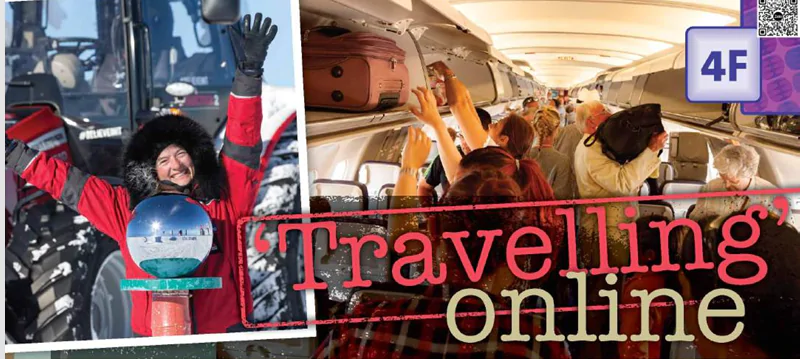
If you haven't got time to go travelling, you can still enjoy it by following a traveller's experiences on their blog.
Here are three of the most interesting and unusual globetrotters online!
| A At the age of seventeen, Alex Chacón set off from his home in El Paso, Texas and went for a motorbike ride. Alex's thirty-day tour of the USA took in California, Washington and Florida and gave Alex an aim in life: to travel the world on his motorbike. Although Alex usually travels alone, he has shared his experiences on his blog. While travelling, Alex videos himself doing all sorts of activities against breathtaking backgrounds of remote jungles, deserts and mountains. On one trip, he filmed himself by moving in a 360° circle so that all the famous landmarks would be included. During Alex's motorcycle expeditions, he regularly stops to take part in volunteering projects at orphanages o that he comes across on his route. Furthermore, he uses his blog to raise donations for orphans. Alex is now planning to cross Africa, Europe and Asia. It seems that by the time he's thirty, Alex will have ridden his bike across most of the planet! | B Dutch actress Manon Ossevoort has dreamed of travelling from Europe across Africa to the South Pole for years, and she chose a slow form of transport: a tractor. Manon only averaged 5 km/h as she drove, but that allowed her to get to know o the hospitable people in villages where she stopped over for the night. She would explain why she was going to the South Pole and ask people to follow her blog and write down their own dreams. She promised to build a snowman when she arrived at her destination and leave all their dreams inside it. The idea was popular and Manon received thousands of dreams on pieces of paper and in emails. Finally, on 9 December 2014, Manon's dream came true, and she pulled up in a big red tractor at the South Pole. She then built a snowman and left a time capsule inside it with all the dreams she had collected. Manon explained on her blog that when the time capsule is opened in eighty years' time, future generations will be able to read something about our lives and our hopes for the future. C Have you ever travelled with no luggage? That was the question Rolf Potts aimed to answer on the 'no-baggage challenge'. However, the task wasn't simply a question of going off for a week to soak up the sun on a beach. Rolf had to travel 50,000 km by plane and get around eleven countries in 42 days with just the things he could carry in his pockets. Would he be able to do it? Rolf was certainly well qualified enough to try. He was an experienced traveller who wrote a blog about budget travel. Now he planned to update it with regular reports about travelling extremely light. His first 'no-baggage challenge' entry listed the items he took with him: a toothbrush and toothpaste, a small bottle of soap, a mobile phone and charger, deodorant, sunglasses, a passport, cash and a credit card. His second entry explained that he had got into the habit of washing his clothes before going to bed during his trips. By the third entry, he was really enjoying luggage-free travel. Potts said that he would never pack any 'just in case' items again, because the imagined situations that they were packed for would never happen. |

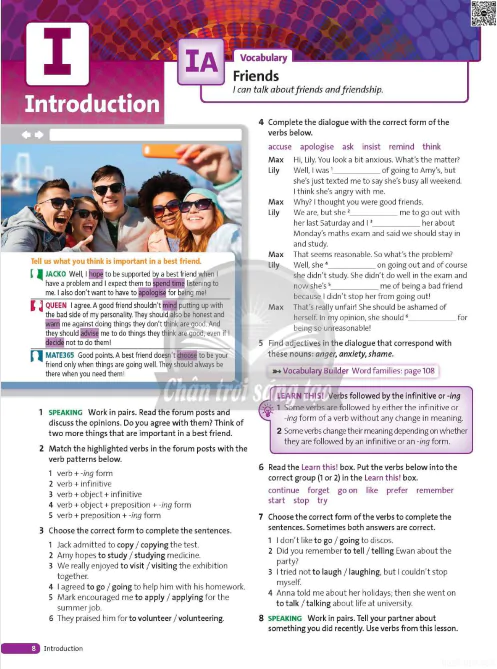
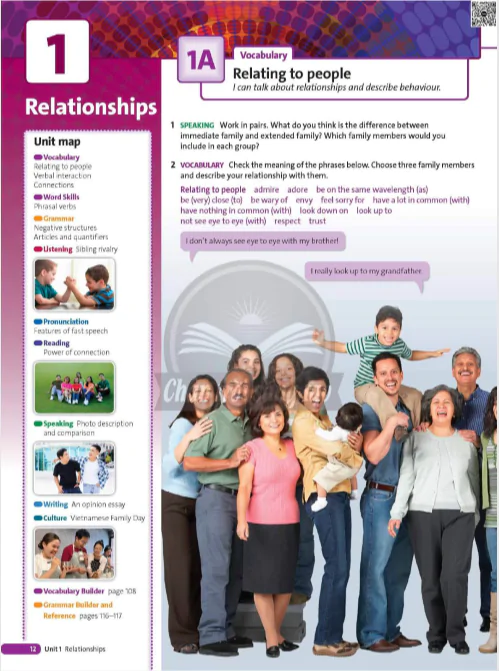
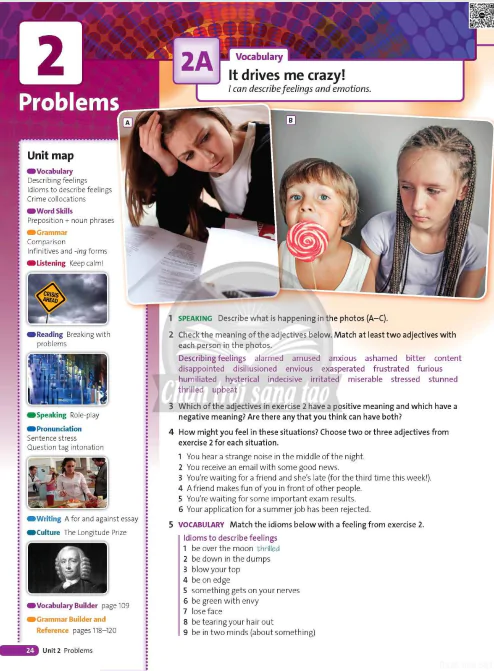
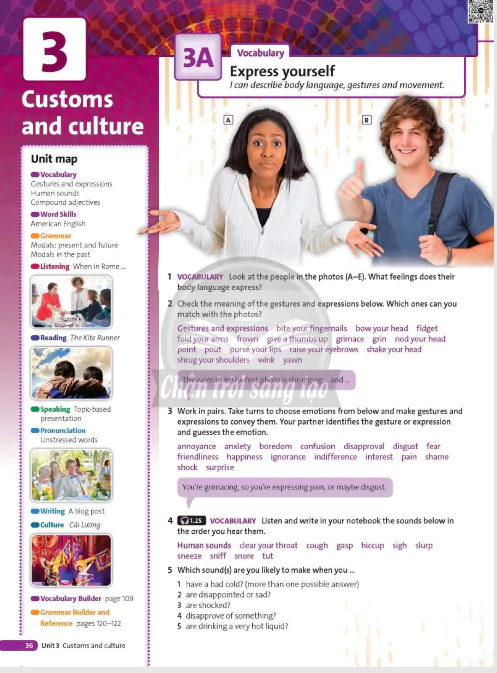
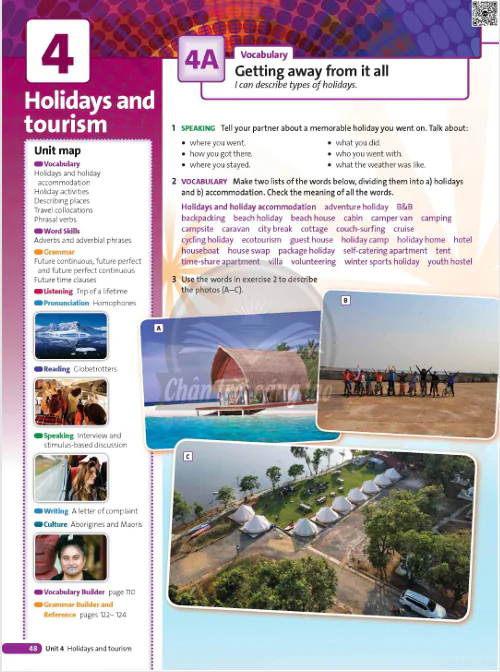
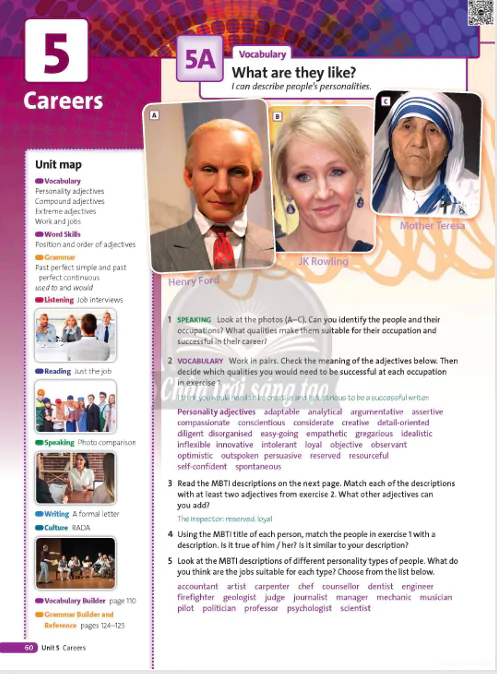
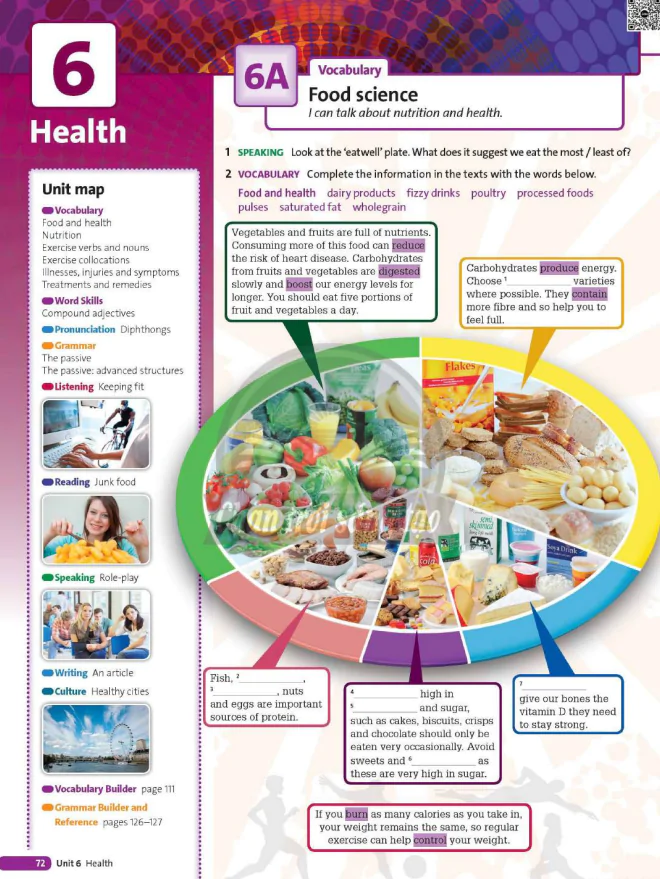
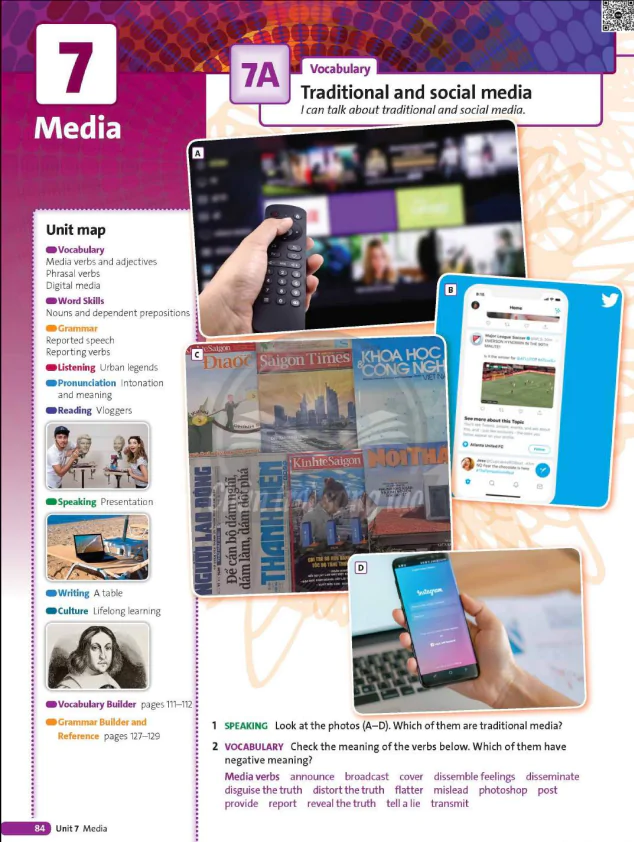
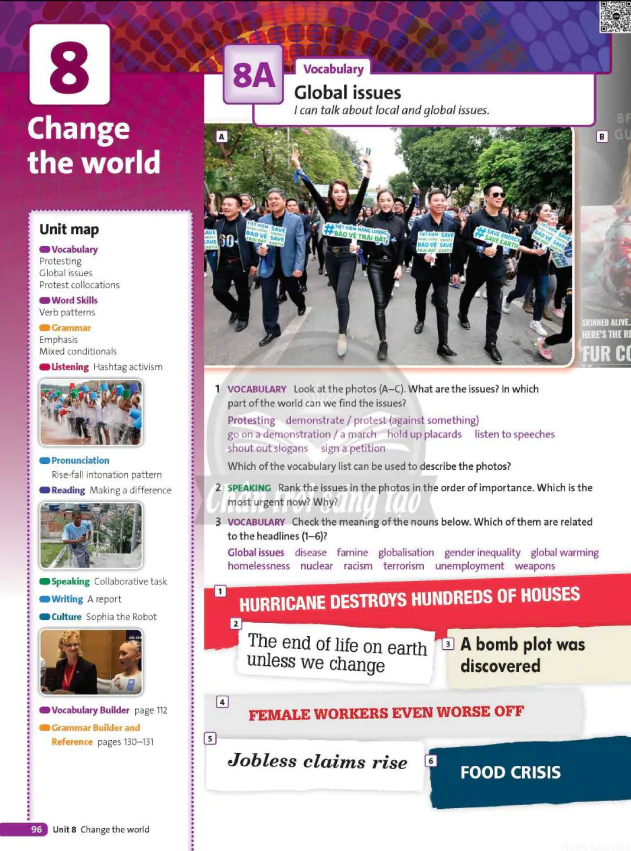
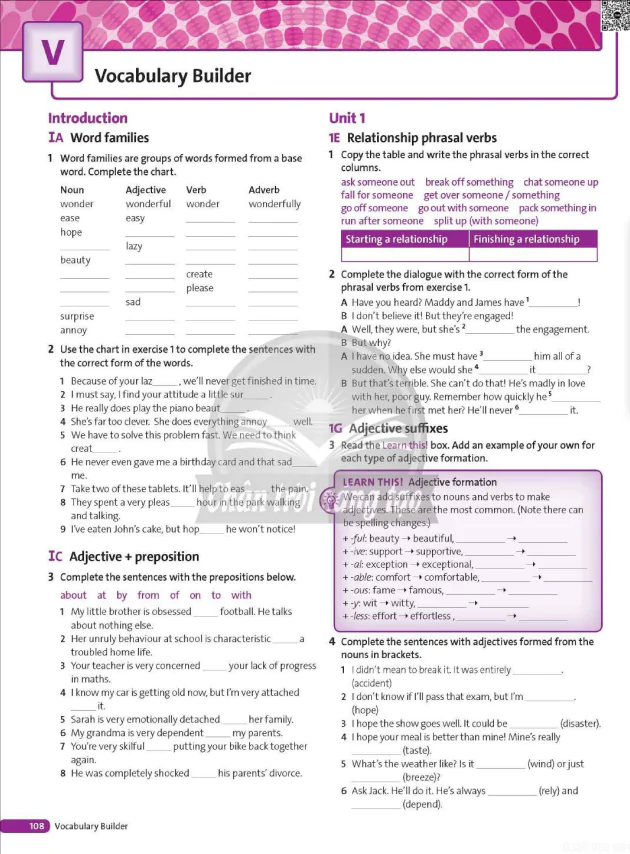
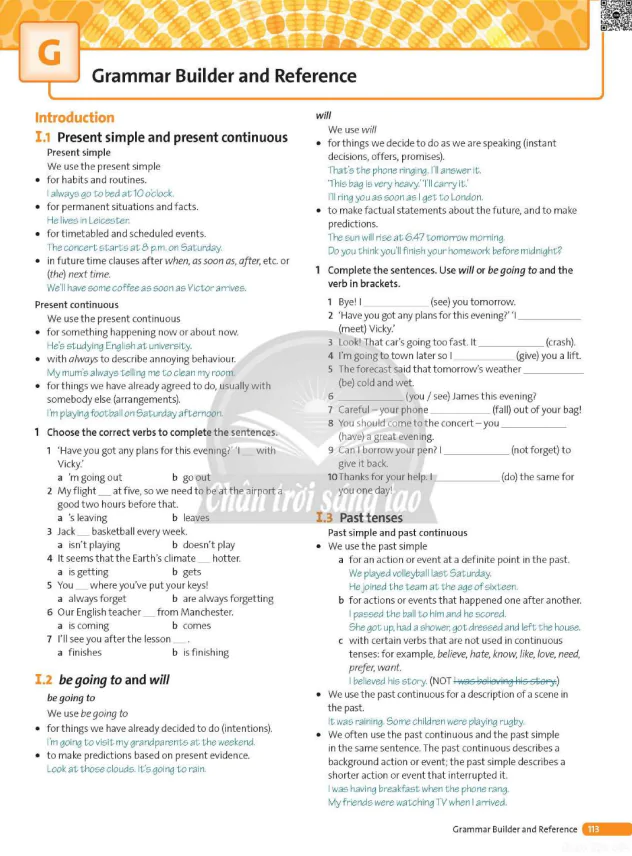

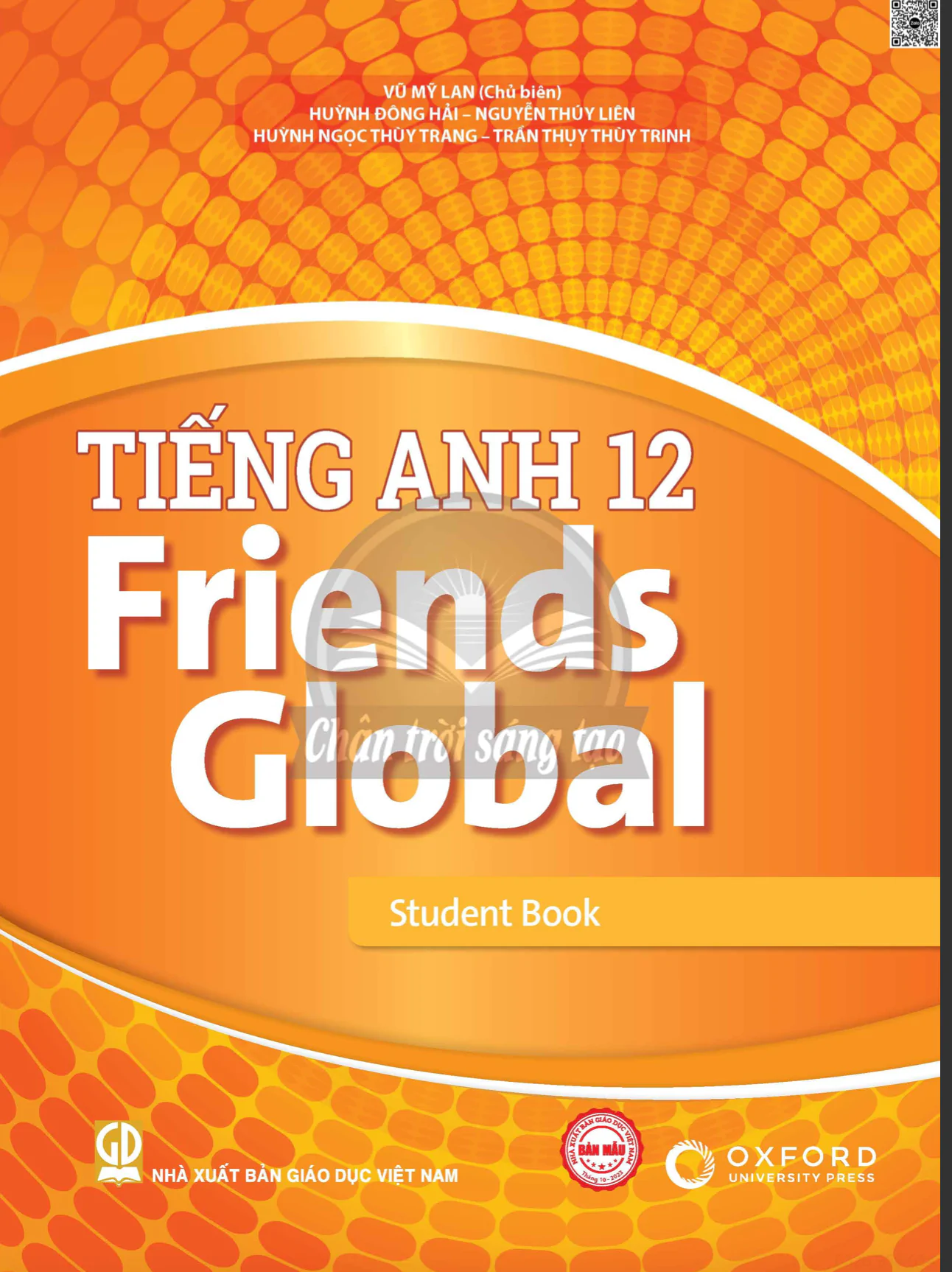
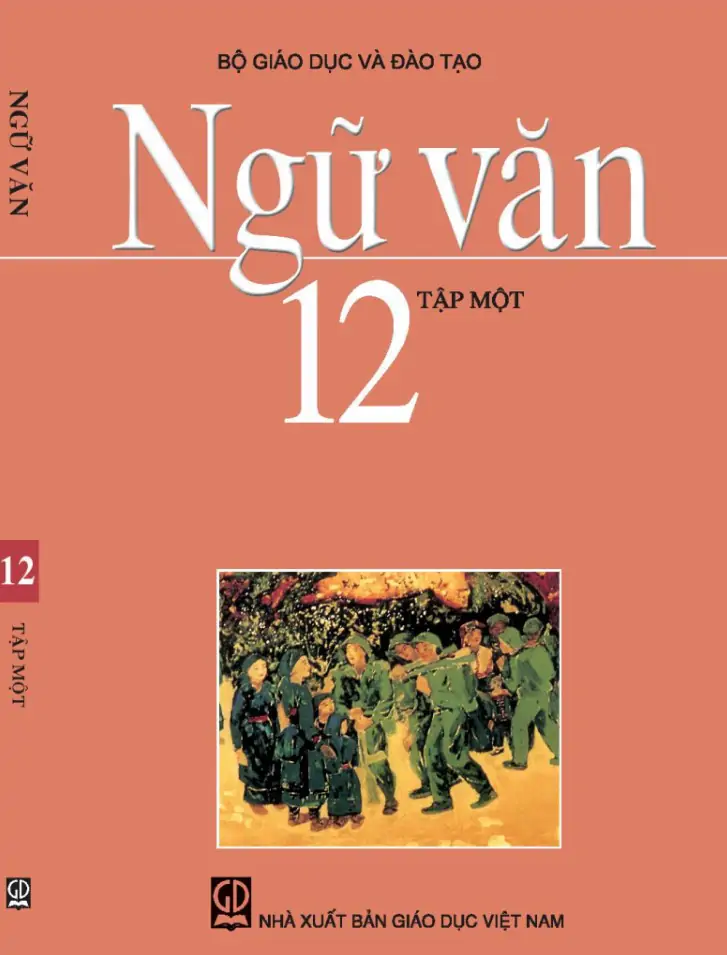
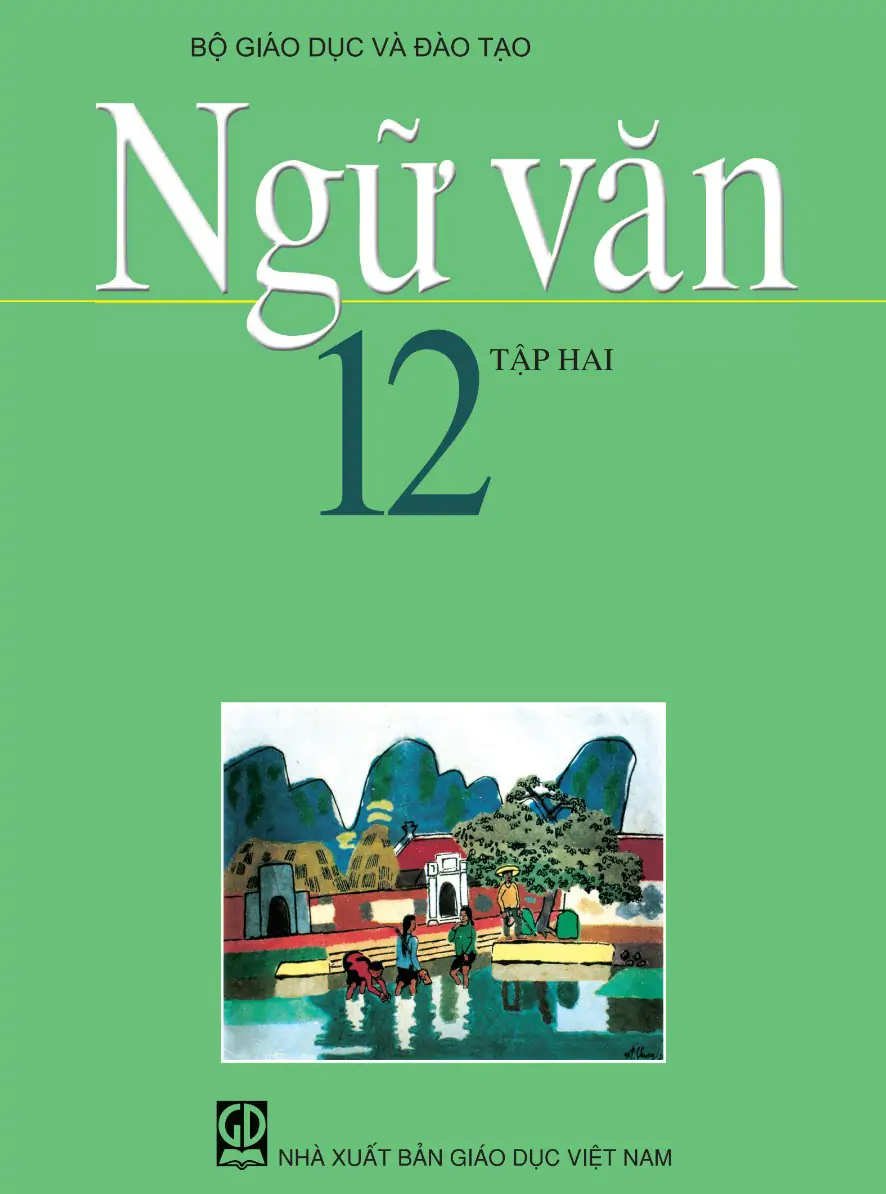
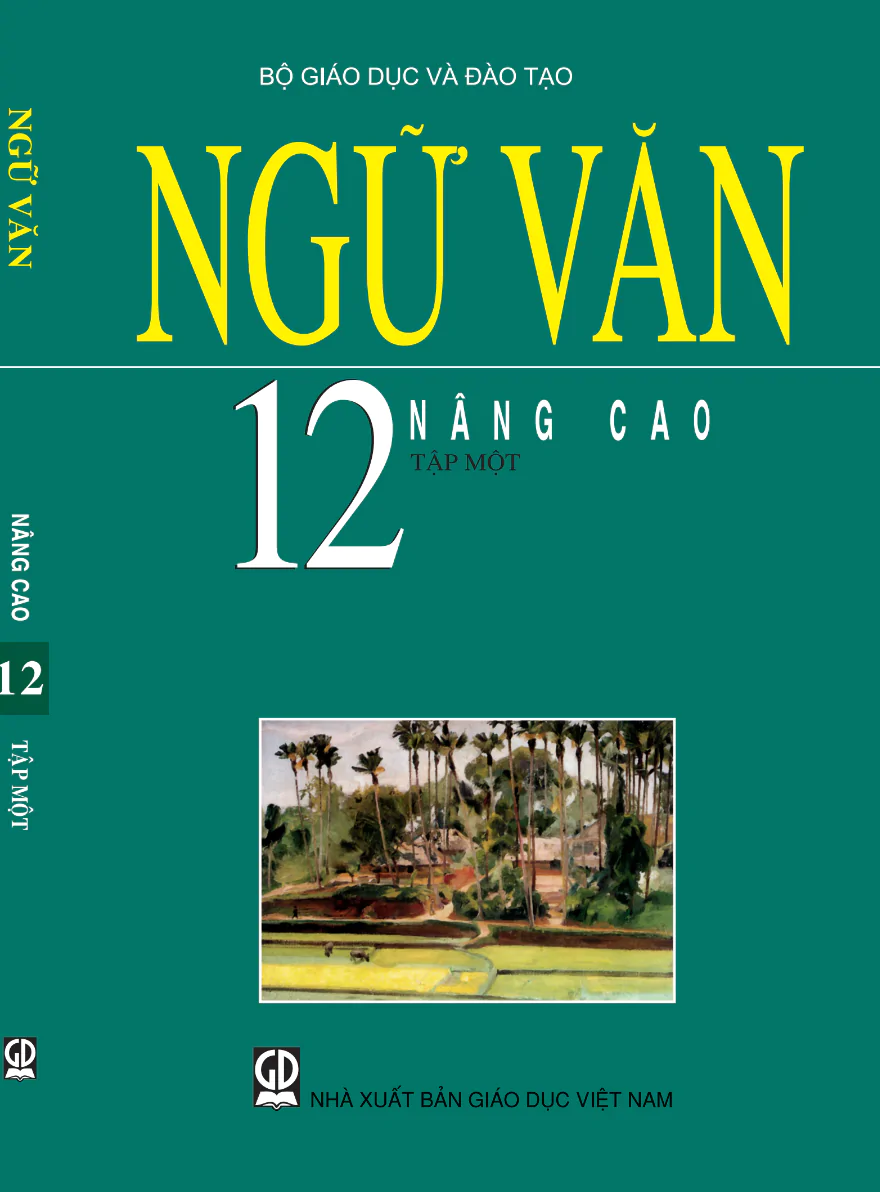
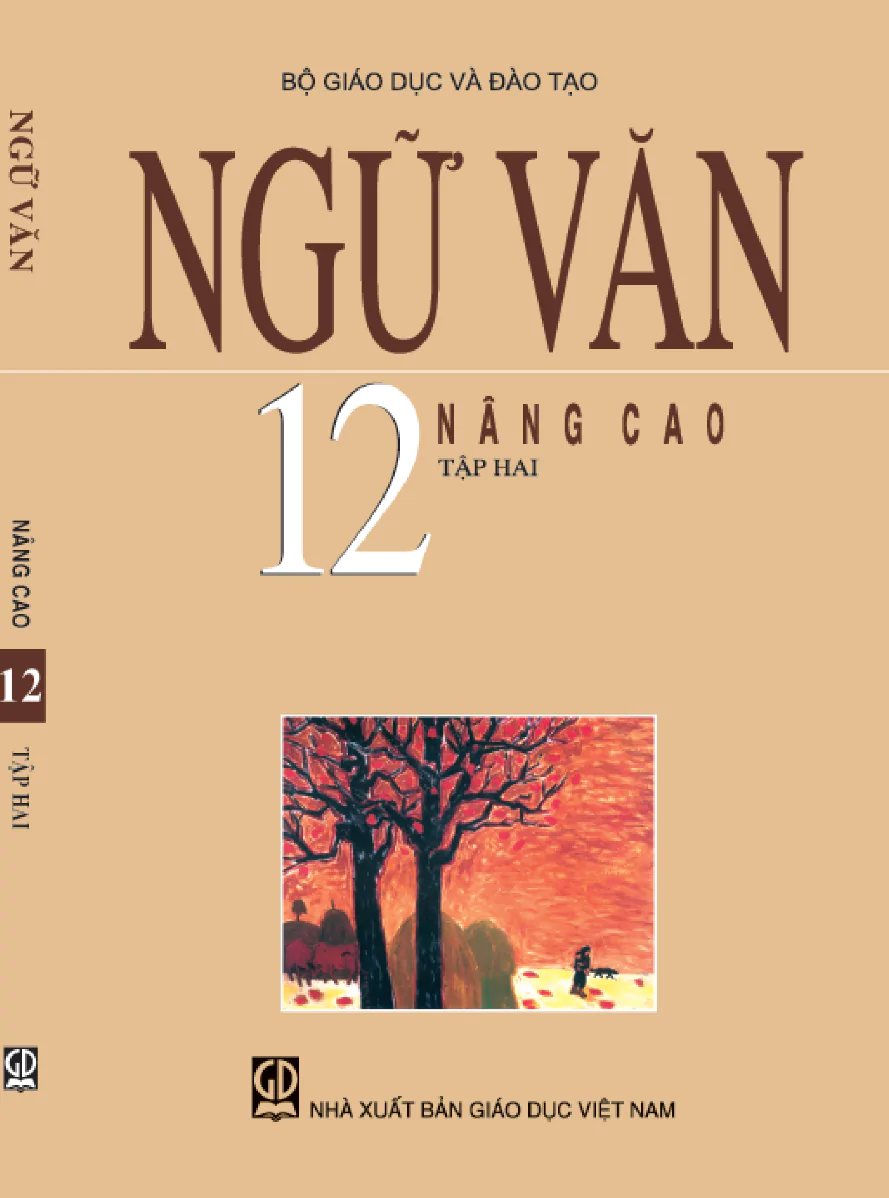
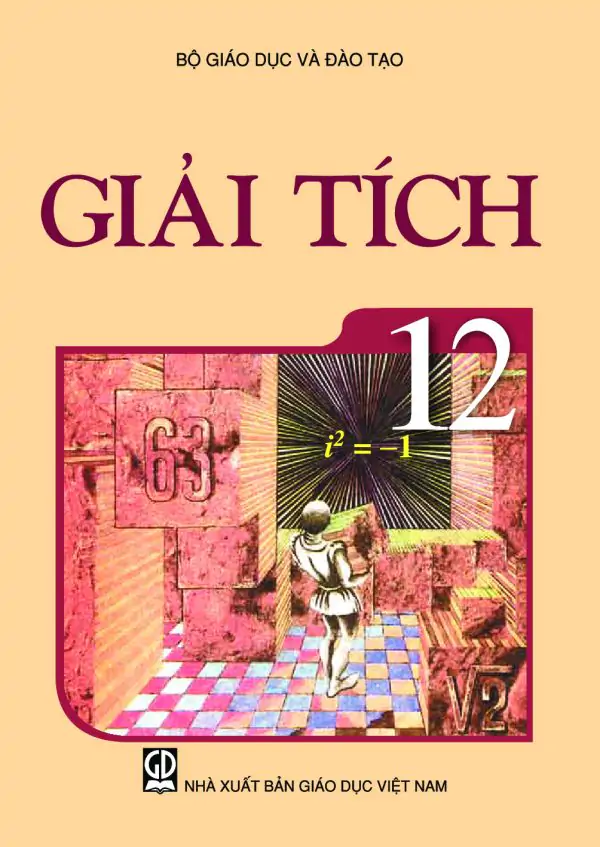
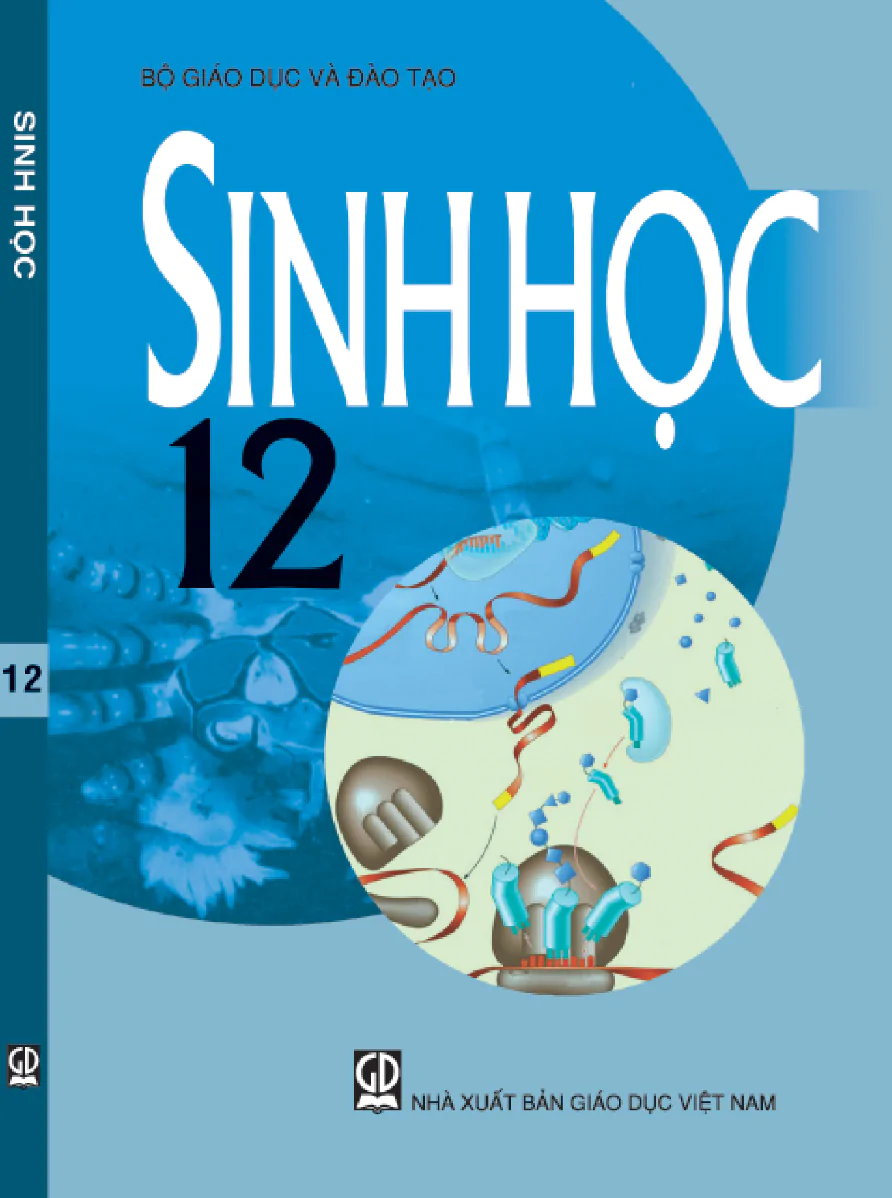
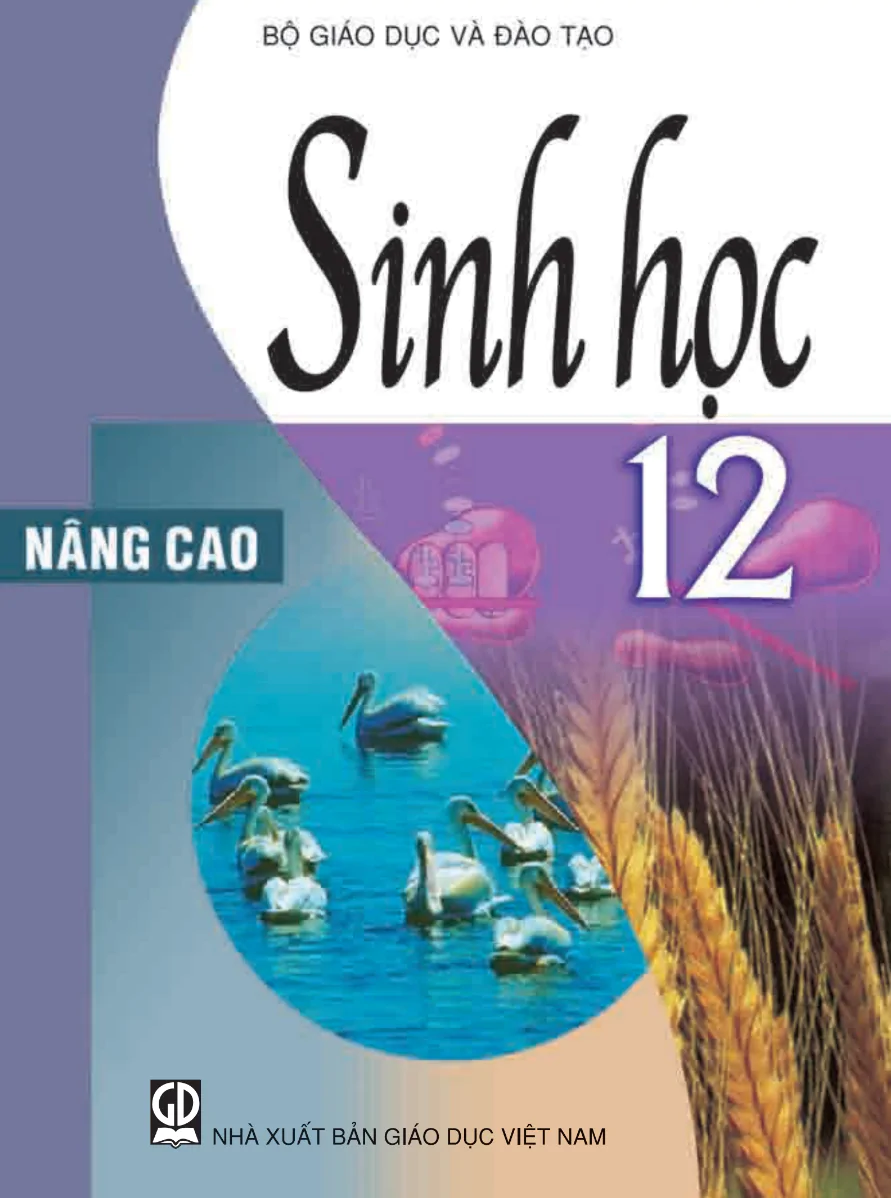
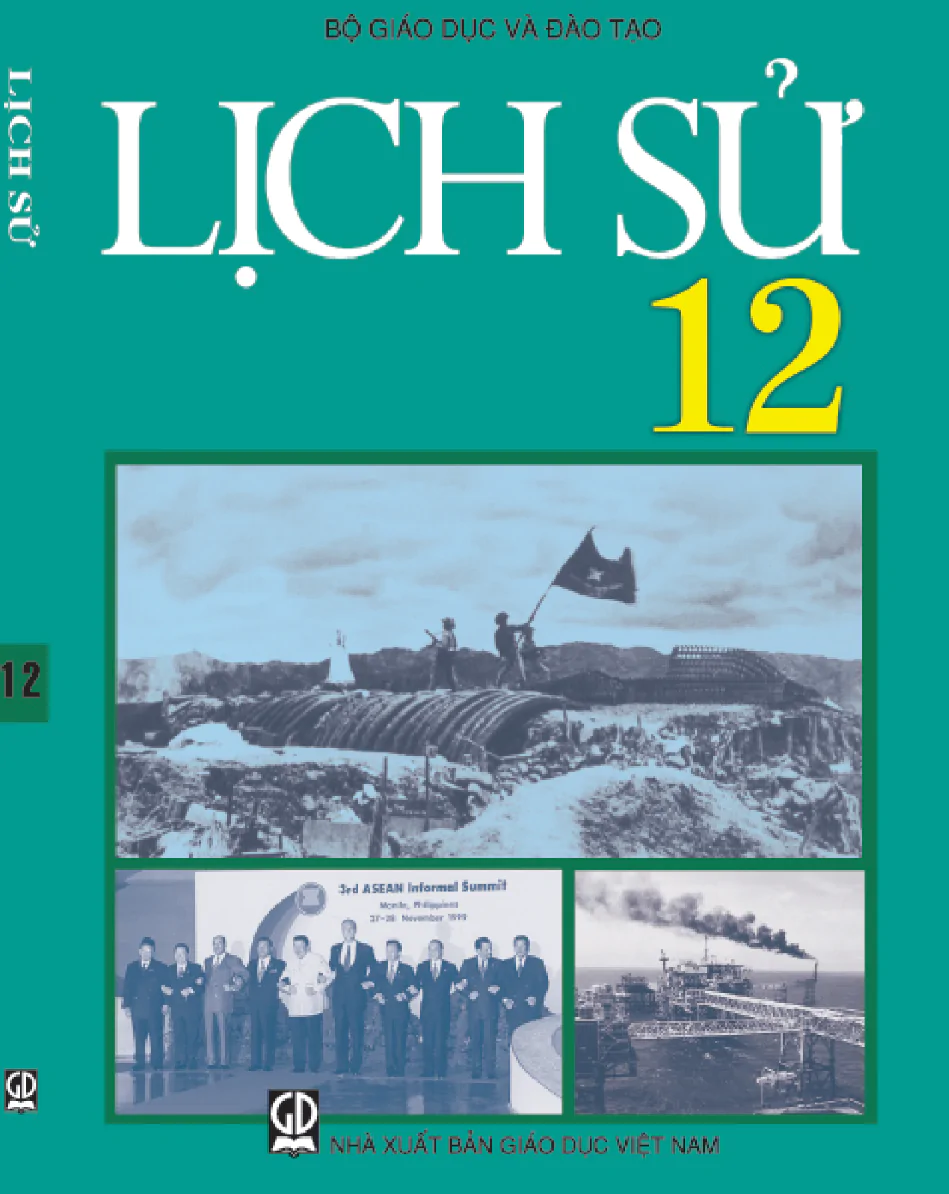
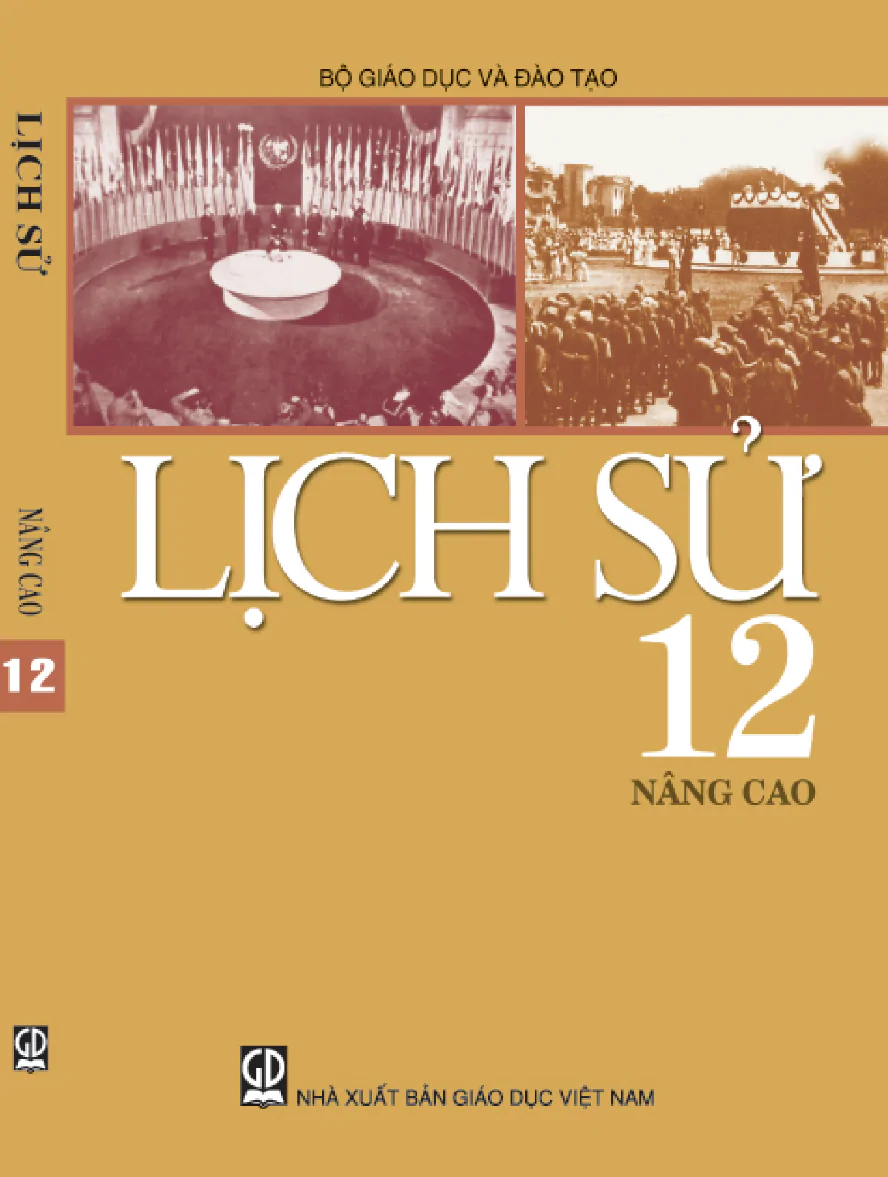
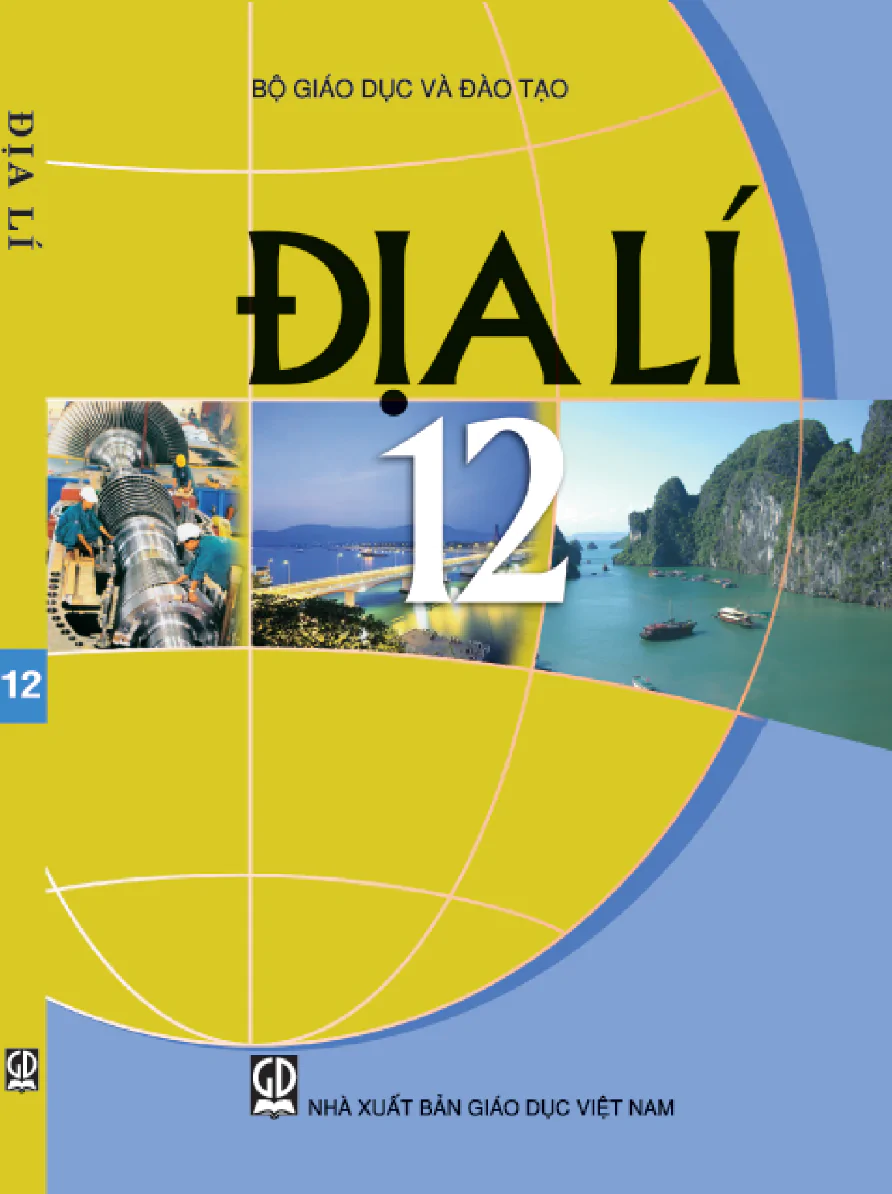

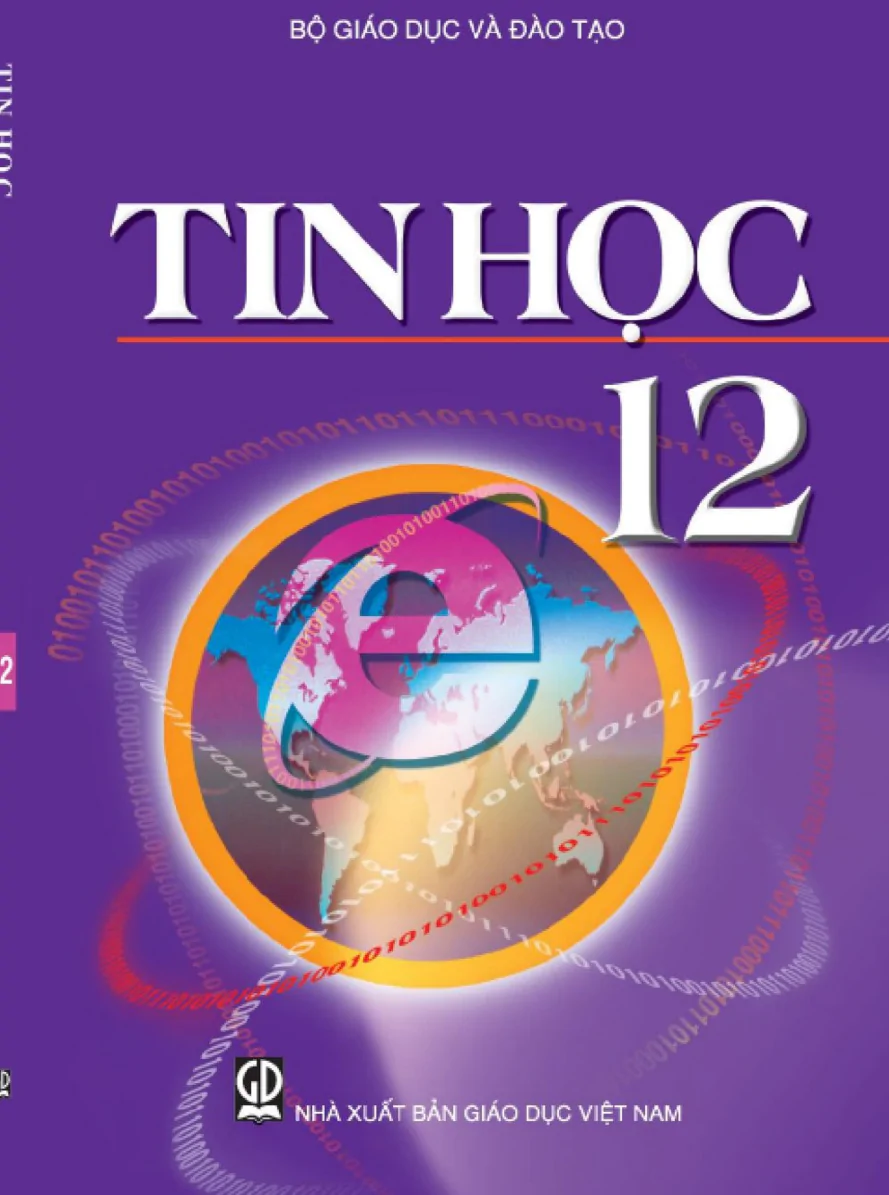
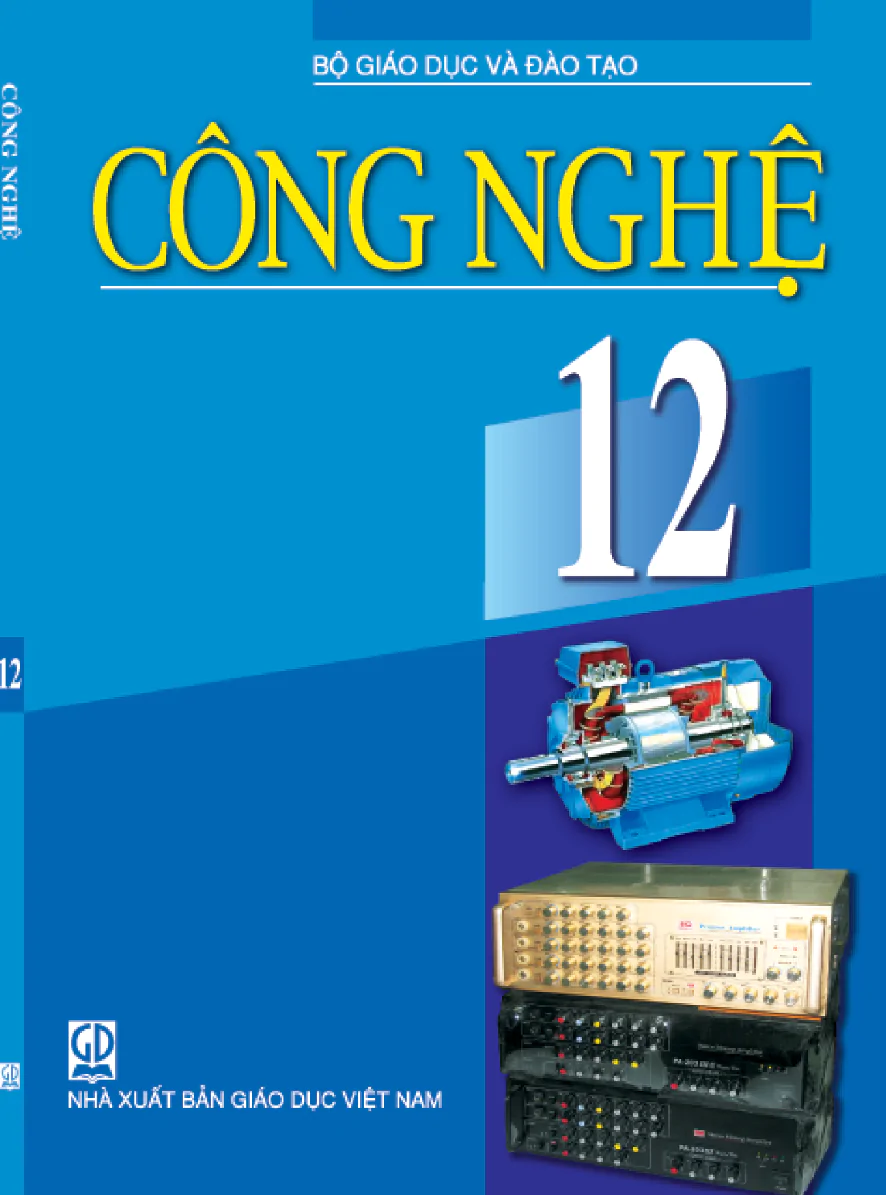

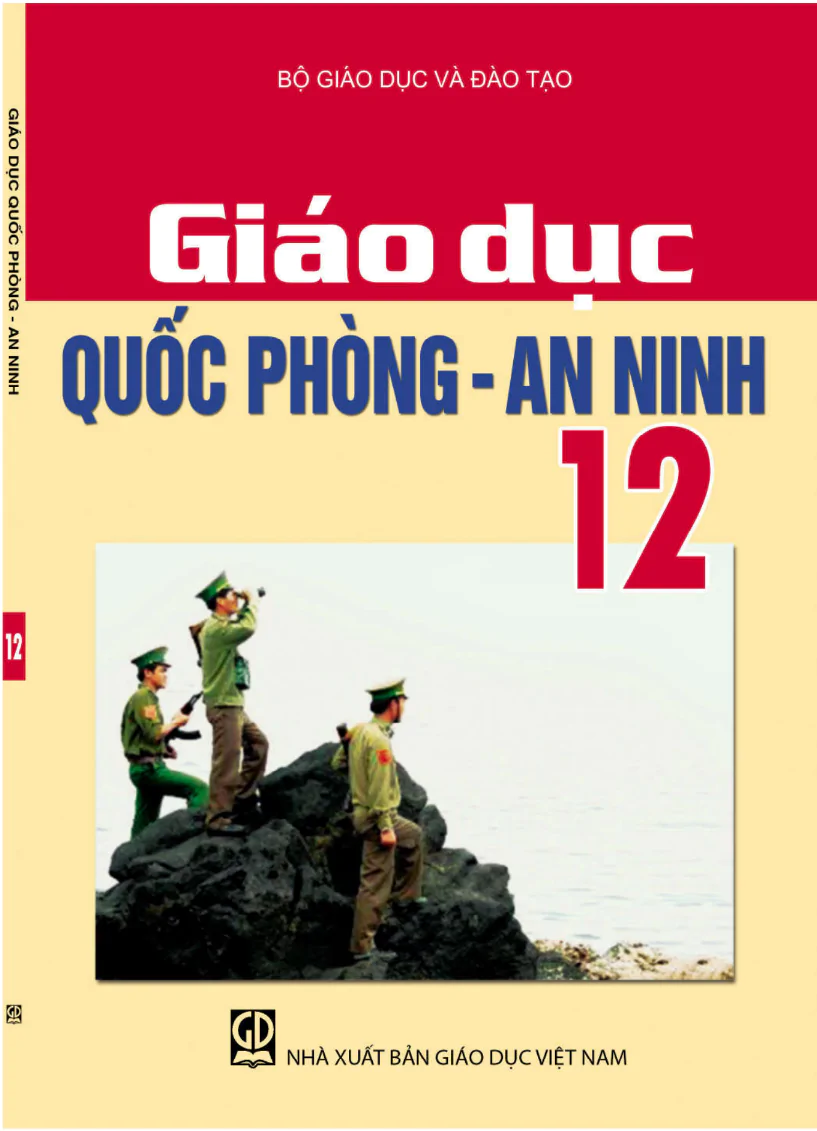

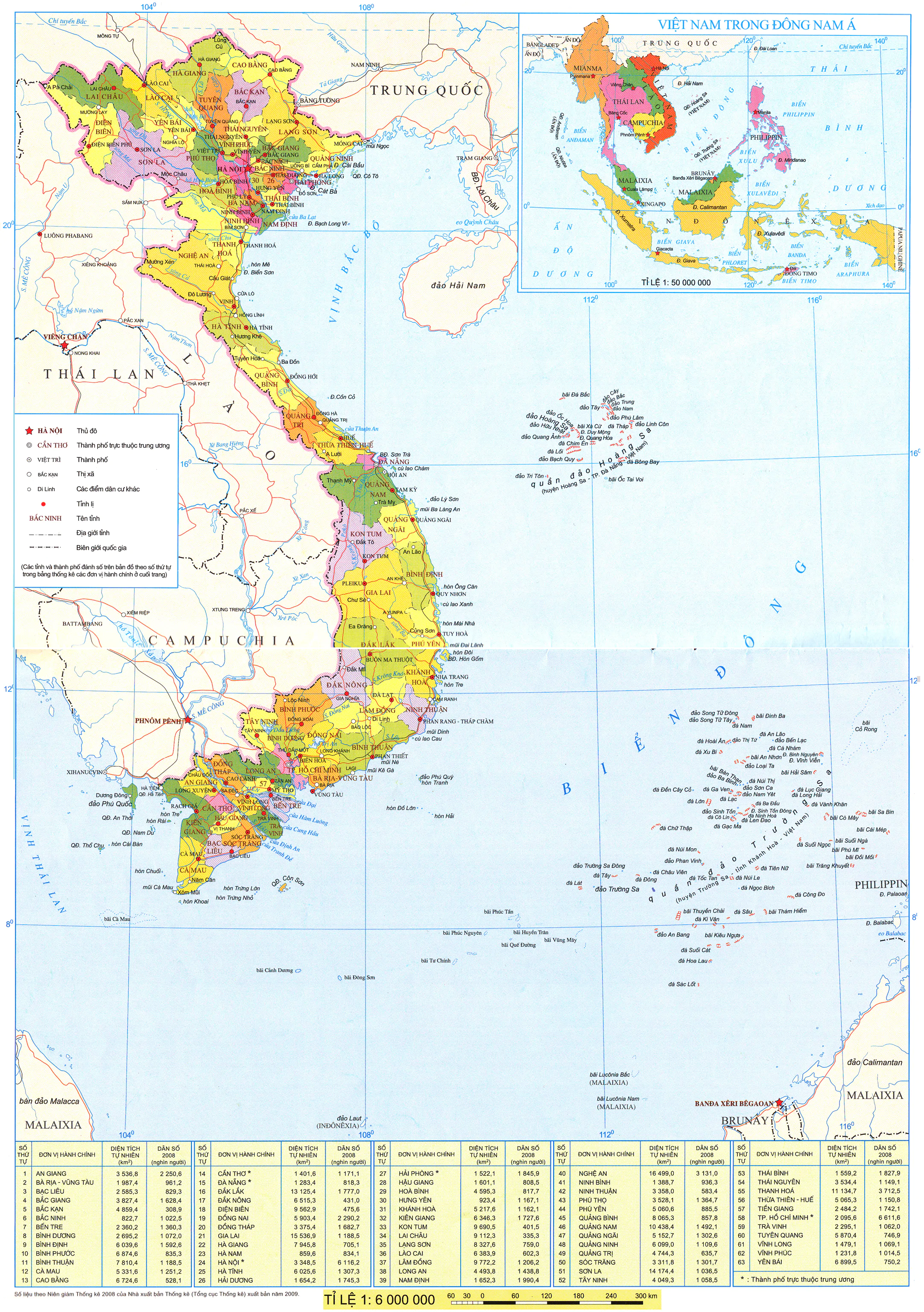
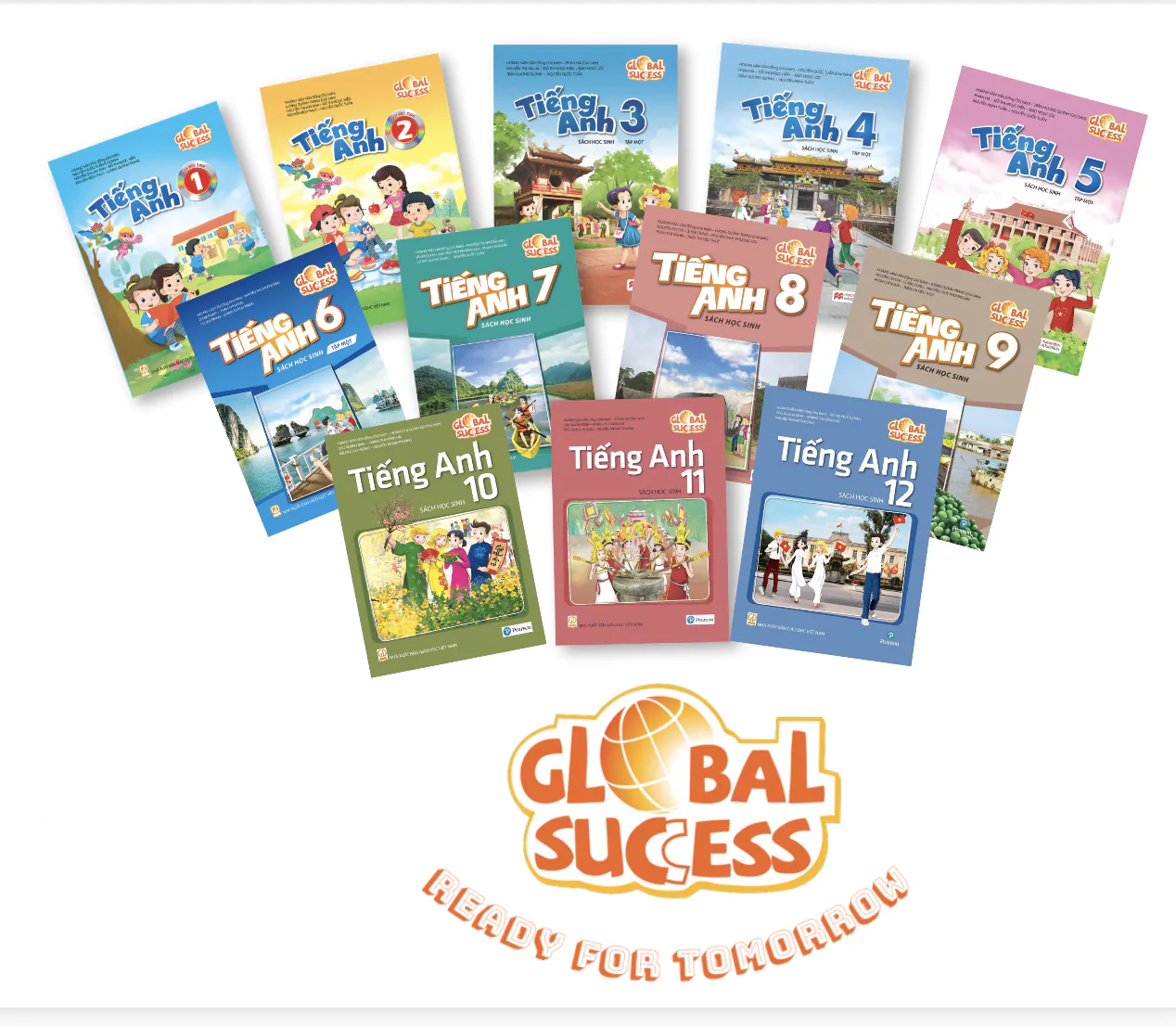














Bình Luận
Để Lại Bình Luận Của Bạn